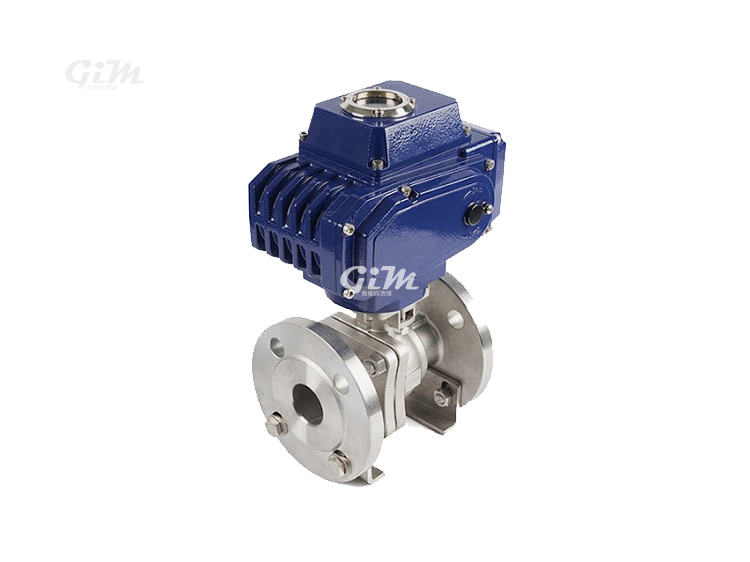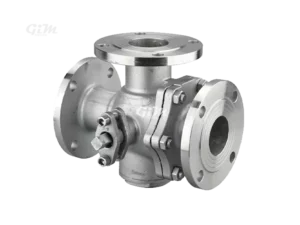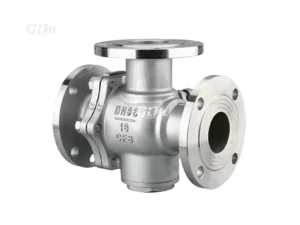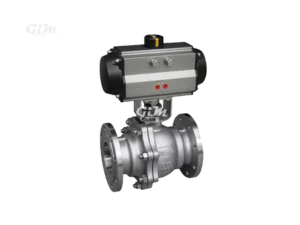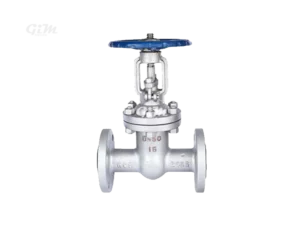Electric ball valves
- Support Customization
- Two-Year Warranty
- Global Shipping
- Multiple Payment Methods
Overview:
Electric Ball Valves are advanced devices designed to control the flow of fluids with precision and ease. They integrate an electric actuator with a ball valve to provide automated control, making them ideal for various industrial, commercial, and residential applications.
Product Features:
- Design and Construction:
- Ball Valve Mechanism: The core component of the valve is a spherical ball with a hole through its center, which rotates to control the flow of the fluid. The ball is mounted on a stem that is operated by the electric actuator.
- Electric Actuator: This component drives the ball valve open or closed based on electrical signals. Actuators are available in various designs, including on/off and modulating types, allowing for precise control over the valve’s position.
- Materials and Construction:
- Body Material: Electric ball valves are typically constructed from durable materials like stainless steel, carbon steel, brass, or plastic, depending on the application requirements.
- Ball Material: The ball is usually made from hardened steel, stainless steel, or other high-strength materials to withstand high pressures and ensure durability.
- Sealing Material: Common sealing materials include PTFE (Teflon), which offers excellent resistance to chemicals, temperature fluctuations, and pressure.
- Pressure and Temperature Ratings:
- Pressure Rating: Available in a range of pressure ratings, typically from PN10 to PN40 or higher, depending on the valve design and application.
- Temperature Range: Can handle a broad spectrum of temperatures, from low temperatures (around -40°C) to high temperatures (up to 450°C), depending on the materials used.
- Operational Performance:
- Flow Control: Provides precise and reliable control over fluid flow. Electric ball valves can be configured for either on/off operation or proportional control, depending on the system needs.
- Actuation Speed: Electric actuators offer quick and efficient operation, reducing the time required to open or close the valve.
- Installation and Maintenance:
- Installation: Generally straightforward, with options for flanged, threaded, or welded connections. The valve should be installed in accordance with the manufacturer’s guidelines to ensure proper operation.
- Maintenance: Requires regular checks on the actuator, seals, and ball mechanism. Electrical connections should be inspected periodically to ensure they remain secure and functional.
- Applications:
- Industrial Processes: Widely used in manufacturing, chemical processing, and oil and gas industries for controlling the flow of various fluids.
- HVAC Systems: Ideal for regulating the flow of hot or cold water in heating, ventilation, and air conditioning systems.
- Water Treatment: Commonly employed in water treatment facilities for controlling the flow of water and chemicals.
- Food and Beverage: Suitable for applications requiring sanitary conditions and precise flow control.
- Advantages:
- Automated Control: Allows for remote operation and integration with control systems, enhancing automation and operational efficiency.
- Precision: Offers accurate control over fluid flow, reducing the likelihood of leakage and ensuring system reliability.
- Durability: Constructed from high-quality materials, providing long-lasting performance even in demanding environments.
- Flexibility: Available in various sizes and configurations to meet different application needs.
Conclusion:
Electric Ball Valves provide a robust and efficient solution for automated fluid control across a range of industries. Their combination of precise control, durability, and automation capabilities makes them a preferred choice for both simple and complex applications. With their ability to handle various pressures and temperatures, electric ball valves are a versatile and reliable component in modern fluid management systems.


